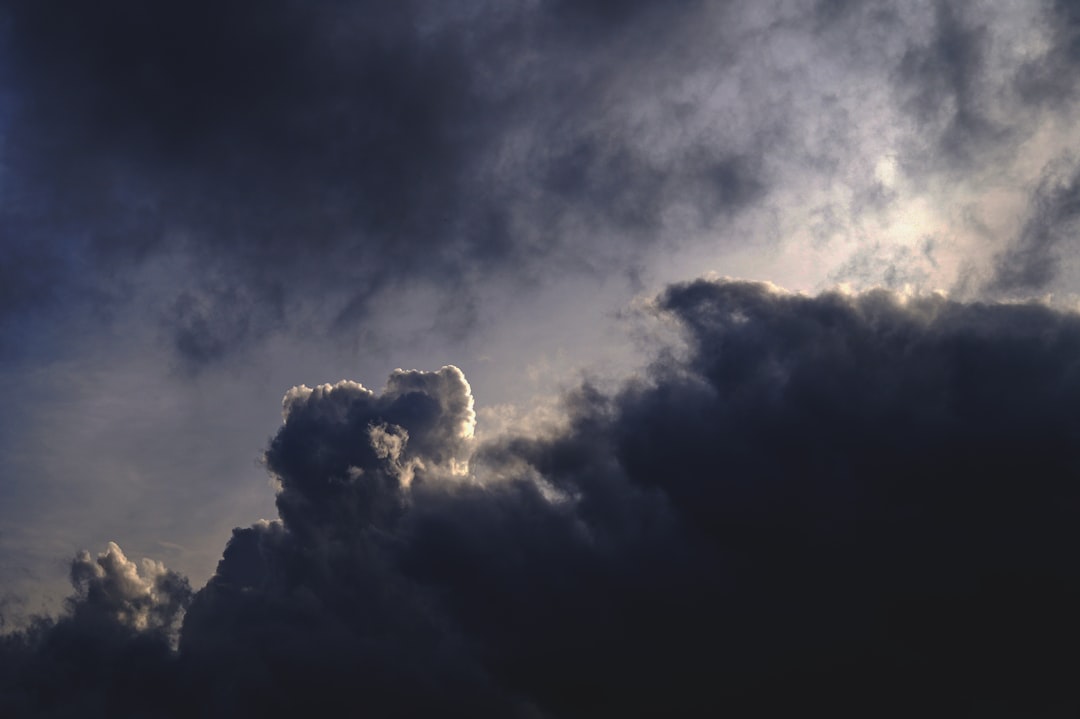
Table of Contents
- Introduction
- Description and History
- Things to Do
- Practical Information
- Local Experiences
- Conclusion
- Start Planning Your Trip
Introduction
Nestled in the heart of Chile's central region lies a charming town that feels like a cozy embrace from Mother Nature—Rancagua. Did you know that this city played a significant role in Chile's independence movement? Known for its stunning landscapes framed by the Andes, Rancagua beckons travelers with its blend of quaint charm and rich history.
With its mouthwatering cuisine, vibrant arts scene, and proximity to breathtaking natural attractions, Rancagua is much more than just a scenic stopover. From the moment you arrive, expect to discover a town teeming with vivacity, intertwined with traditional Chilean culture and exceptional outdoor adventures.
By the end of this guide, you'll want to pack your bags and explore this gem of a city on your next trip to Chile!
Description and History
Rancagua is not only the capital of the O'Higgins Region; it is also steeped in history that intertwines with pivotal moments in Chile’s past. Founded in 1743, it was strategically established near the river Cachapoal, attracting settlers and becoming a thriving center for agriculture. One of the most iconic events in its history is the Battle of Rancagua in 1814, where Chilean patriots valiantly fought for independence from Spanish rule—a testament to the city's patriotic spirit.
The town features a rich tapestry of colonial architecture, with a charming Plaza de Los Héroes taking center stage. It is a focal point not just for its aesthetics but also for the many cultural events that unfold throughout the year. Rancagua's vibrant atmosphere resonates with splashes of color from murals and thriving artisan markets, making it a visual treat for the eyes.
Rancagua’s surroundings are marked by imposing mountain ranges, fertile valleys, and charming vineyards, which all beckon outdoor enthusiasts and curious travelers alike. With opportunities for hiking, wine tasting, and cultural immersion, visiting Rancagua is a journey into the heart and soul of Chile.
Things to Do
1. Explore the Historic Center 🏛️
Begin your exploration at the Plaza de Los Héroes, surrounded by museums, cafes, and the Cathedral of Rancagua. Here you can immerse yourself in the rich history that defines the city. Don’t miss the Museo Regional de Rancagua, where you can learn more about Chilean history and culture.
2. Visit the Monument to the Heroes
Just a stone's throw away, the Monumento a los Héroes commemorates the valiant fighters who battled for Chile’s independence in 1814. This landmark serves as both a memorial and a reminder of the sacrifices made.
3. Delve into the Local Wine Scene 🍷
Rancagua is beautifully located near the prestigious Rapel Valley, a renowned wine-producing area. Book a guided tour at one of the local wineries, such as Viña Los Boldos or Viña Santa Ema, and enjoy tastings of exquisite Chilean wines, paired with delightful regional cheeses.
4. Hiking and Nature Walks 🌲
For nature lovers, the nearby Cerro La Campana National Park offers a plethora of trails that cater to various skill levels. This UNESCO Biosphere Reserve showcases diverse flora and fauna, stunning views of the Andes, and opportunities for birdwatching and photography.
5. Embrace the Local Gastronomy 🍽️
No visit to Rancagua would be complete without indulging in its culinary delights. Visit the market at Pueblo de Rancagua for an array of impressive local produce. Try the traditional dish "Pastel de Choclo," a corn pie packed with flavor, or savor some "Empanadas de Pino," stuffed with a savory mix of meat, olives, and boiled eggs.
Practical Information
Getting There
Rancagua is conveniently located about 87 kilometers (54 miles) south of Santiago, making it easily accessible by bus or car. The trip typically takes around 1.5 hours, allowing for scenic views along the way.
Accommodation
There are several accommodations options ranging from cozy guesthouses to comfortable hotels. Consider staying at Hotel Mar Andino or Hotel Plaza for a blend of convenience and charm, close to principal attractions and local eateries.
Weather
Rancagua boasts a Mediterranean climate, with warm, dry summers and mild, wet winters. The best time to visit is spring (September to November) or fall (March to May) when the weather is perfect for outdoor activities. Don’t forget to pack appropriate clothing and hiking gear if you plan to explore the natural parks!
Local Experiences
Cultural Immersion
Rancagua is known for its vibrant festivals, particularly Fiesta de la Vendimia celebrating the grape harvest. This event usually occurs in March and features wine tasting, live music, and local crafts—an excellent opportunity to experience the culture of this charming city.
Traditional Crafts Market 🛍️
Don’t miss the artisan market where you can find unique handcrafted goods—pottery, textiles, and traditional jewelry. Engaging with local artisans not only supports the community but also offers insights into their craftsmanship and cultural significance.
Conclusion
Rancagua is a captivating city that seamlessly combines historical richness, cultural depth, and natural beauty. This hidden gem invites you to explore its charming streets, indulge in the local culinary delights, and embark on unforgettable adventures in the great outdoors. From its fascinating history of rebellion to its current role as a bustling center of creativity and community, Rancagua is truly a worthy addition to your Chilean travel itinerary.
Start Planning Your Trip
Are you ready to experience the magic of Rancagua? This extraordinary destination awaits your exploration. Share your thoughts, tips, and experiences in the comments section below. And don’t forget to subscribe for more exciting travel guides and tips to help you uncover the hidden treasures of Chile!
Focus Keyword: "Rancagua travel guide"
Related Keywords:
- "Things to do in Rancagua"
- "Rancagua local cuisine"
- "Rancagua historical sites"
- "Outdoor activities near Rancagua"
- "Wine tours in Rancagua"